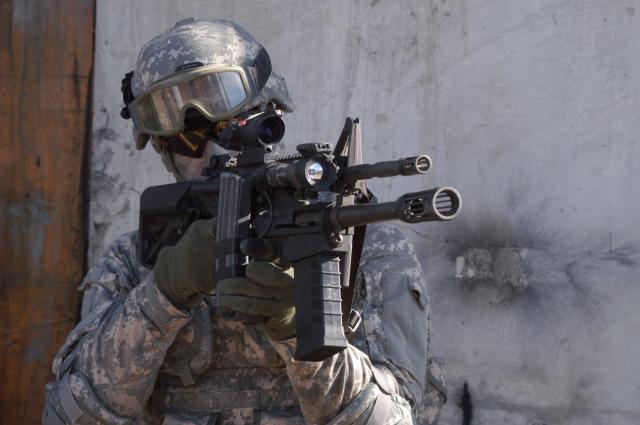Many soldier modernization programs have been delayed or reduced in scope due to budgetary pressures and technology issues. Despite such obstacles, there still exists significant growth opportunities, particularly in many untapped European and Asian programs.
The genesis of soldier modernization programs began in the early 1990s when military forces sensed the need to reposition their capabilities to counter modern-day threats. Asymmetric and urban warfare were identified as future threats and countries started conceptualizing the future soldier in accordance with these trends. However, most countries felt that these planned programs were too ambitious and difficult to manage.
New analysis from Frost & Sullivan, Global Soldier Modernization Market Assessment, finds that the total market revenue is likely to be $12.73 billion across the forecast period 2011-2020. It is estimated that the soldier modernization market will grow from $420.2 million in 2011 to $1.54 billion in 2020.
“Countries are aiming for ultra-professional armed forces and, as a result, troop strength is being reduced in most countries,” notes Frost & Sullivan Senior Research Analyst Mahendran Arjunraja. “Decreasing troop numbers will have an impact on procurement volumes, limiting the opportunity for volume business.”
Decreasing troop size is poised to limit the potential for economies of scale. But it would open up opportunities for premium solutions.
The recent operations in Afghanistan and Iraq have influenced soldier modernization plans. With operational withdrawal, most countries are expected to focus on planned procurement programs.
Market revenues are set to peak in 2015, when the market grows to be worth $1830.5 million and such trends are anticipated to sustain till 2017. This is largely a result of major programs entering the production phase.
“Upcoming soldier modernization programs in India, South Korea, and Brazil are in their initial stages,” remarks Arjunraja. “Significant spending is expected only in the second half of the forecast period.”
Frost & Sullivan has identified three different modernization approaches: total system (a defined programme where modern equipment is acquired as a single kit), incremental (soldier modernization is conducted in phases), and hybrid (a mix of both total and incremental approaches). The total system approach is being adopted by a few European countries such as France, Germany, Spain and Italy while others have shown a preference for the incremental or hybrid approach.
“Technology issues such as power and weight continue to be key technical challenges and are prolonging modernization programs,” concludes Arjunraja. “Incremental and hybrid acquisition approaches are the most preferred models and directly impact the value chain of programs.”
For more than 50 years, we have been developing growth strategies for the global 1000, emerging businesses, the public sector and the investment community. Is your organization prepared for the next profound wave of industry convergence, disruptive technologies, increasing competitive intensity, Mega Trends, breakthrough best practices, changing customer dynamics and emerging economies?










